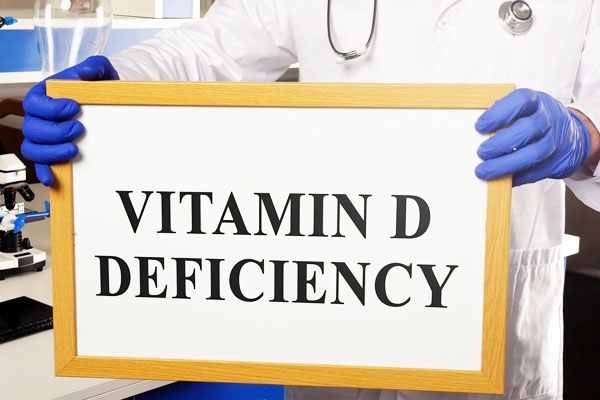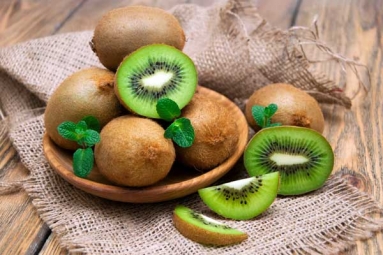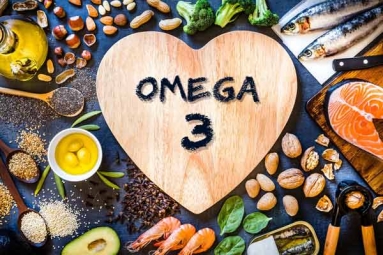
(Image source from: Canva.com)
Vitamin D is not just a vitamin you get from the sun. It is very important for strong bones, good muscle function, and a balanced immune system. However, not having enough vitamin D is surprisingly common around the world, particularly in groups that don't get much sunlight, have darker skin, or don't eat a balanced diet. A lack of vitamin D can sneak up on you, showing up as tiredness, feeling down, or getting sick often. If it is not addressed, it can cause weak bones and serious health issues down the line. The positive aspect is that if you understand the signs and eat foods high in vitamin D, you can naturally bring your levels back to normal. Early on, vitamin D deficiency might not show clear signs, but as it progresses, it can slowly affect your overall health. The Cleveland Clinic and The University of Nebraska health center point out these symptoms:
Feeling very tired or low on energy
General pain or discomfort in the bones
Weakness or cramps in the muscles
Changes in mood, such as feeling depressed
Difficulty sleeping or having poor sleep
Hair thinning or loss
Not feeling hungry
Getting sick often or having infections due to weak immunity
Slow healing of wounds
Pale or lighter skin than usual
Secondary hyperparathyroidism, which means the body is taking calcium from the bones
Weak bones, known as osteomalacia in adults and rickets in children
Since these signs can be mild or similar to other health issues, many individuals do not realize they are lacking vitamin D until blood tests show low levels. Factors that increase the risk include being older, being overweight, having chronic liver or kidney problems, digestive disorders that affect absorption, and choices that limit time outside. Although the body makes vitamin D when the skin is exposed to sunlight, diet is the next most important source – particularly when outdoor time is limited. Some foods naturally contain vitamin D, while others are enriched to help meet dietary needs.
Include these foods in your meals:
Fatty fish such as salmon, mackerel, tuna, sardines, and trout are among the best sources.
Egg yolks offer moderate amounts, especially from hens that roam freely.
Beef liver and fish liver oils, like cod liver oil, have high levels.
Mushrooms that have been exposed to UV light have vitamin D2, a plant-based type that still helps the body.
Fortified Foods
As there are not many natural sources, many common foods are fortified:
Milk, both from animals and plant-based types like soy or almond
Breakfast cereals
Orange juice
These choices make it simpler to add vitamin D to your daily meals without big changes to your diet.
Suggestions:
Plan meals around foods high in vitamin D: Include salmon or sardines in your weekly meals, use egg yolks in your cooking, and add mushrooms to salads or stir-fries.
Look for fortified options: Pick fortified milk or cereals for an extra boost.
Combine with healthy fats: Since vitamin D dissolves in fat, having it with olive oil, nuts, or avocado helps with absorption.
Balance with sunlight: Spending a short time outside (10-30 minutes depending on your skin color and the climate) helps your skin naturally produce vitamin D, easing the need for dietary sources.
Ask for medical guidance if necessary: For confirmed deficiencies, doctors might recommend supplements, as just food alone may not bring levels back to normal.
Noticing the early signals and adding foods high in vitamin D - together with safe time in the sun - gives a natural and lasting method to safeguard your health. If your diet is insufficient, seeking medical advice helps find the correct balance.








